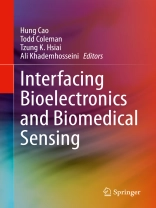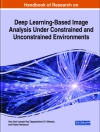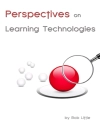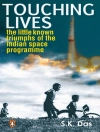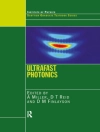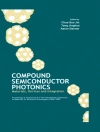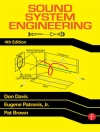This book addresses the fundamental challenges underlying bioelectronics and tissue interface for clinical investigation. Appropriate for biomedical engineers and researchers, the authors cover topics ranging from retinal implants to restore vision, implantable circuits for neural implants, and intravascular electrochemical impedance to detect unstable plaques. In addition to these chapters, the authors also document the approaches and issues of multi-scale physiological assessment and monitoring in both humans and animal models for health monitoring and biological investigations; novel biomaterials such as conductive and biodegradable polymers to be used in biomedical devices; and the optimization of wireless power transfer via inductive coupling for batteryless and wireless implantable medical devices. In addition to engineers and researchers, this book is also an ideal supplementary or reference book for a number of courses in biomedical engineering programs, such as bioinstrumentation, MEMS/Bio MEMS, bioelectronics and sensors, and more.
- Analyzes and discusses the electrode-tissue interfaces for optimization of biomedical devices.
- Introduces novel biomaterials to be used in next-generation biomedical devices.
- Discusses high-frequency transducers for biomedical applications.
Tabla de materias
Chapter 1. Challenges in the Design of Large-Scale, High-Density, Wireless Stimulation and Recording Interface.- Chapter 2. Advances in Bioresorbable Electronics and Uses in Biomedical Sensing.- Chapter 3. Inorganic Dissolvable Bioelectronics.- Chapter 4. Wirelessly Powered Medical Implants Via Radio Frequency Electromagnetic Radiation.- Chapter 5. Electrocardiogram: Acquisition and Analysis for Biological Investigations and Health Monitoring.- Chapter 6. Flexible Intravascular EIS Sensors for Detecting Metabolically Active Plaque.- Chapter 7. Epidermal EIT Electrode Arrays for Detecting Fatty Liver Infiltration.- Chapter 8. High-Frequency Ultrasonic Transducers to Uncover Cardiac Dynamics.- Chapter 9. Minimally Invasive Technologies for Biosensing.
Sobre el autor
Hung Cao is Assistant Professor of Electrical Engineering and Biomedical Engineering, University of California, Irvine.
Todd Coleman is Professor of Biomedical Engineering at the University of California, San Diego.
Ali Khademhosseini is a Professor of Bioengineering and Radiology at the University of California, Los Angeles.
Tzung Hsiai is Professor of Medicine (Cardiology) and Bioengineering at the University of California, Los Angeles.
